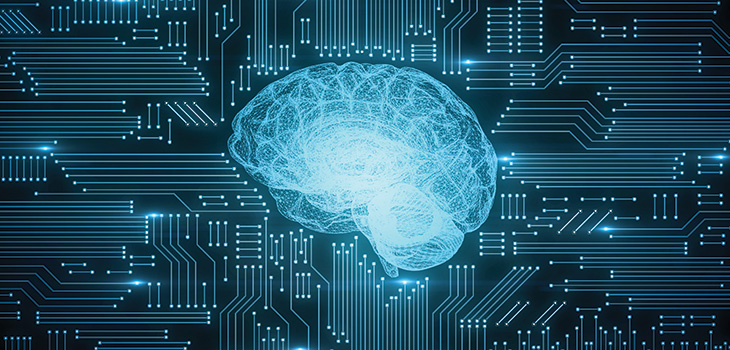
He charts a historical arc—from medieval inquests to modern digital forensics—showing how coronial inquiry has always evolved alongside science.
Potential applications include detecting suicidal intent, distinguishing drug-induced from natural deaths, clarifying cause-versus-consequence events, and differentiating SIDS from suffocation. Neural data could also pinpoint time of death with unprecedented precision.
Lambert acknowledges the ethical and privacy challenges but envisions a near future where neural readings become standard forensic evidence—enhancing justice, accuracy, and compassion in determining how and why people die.










